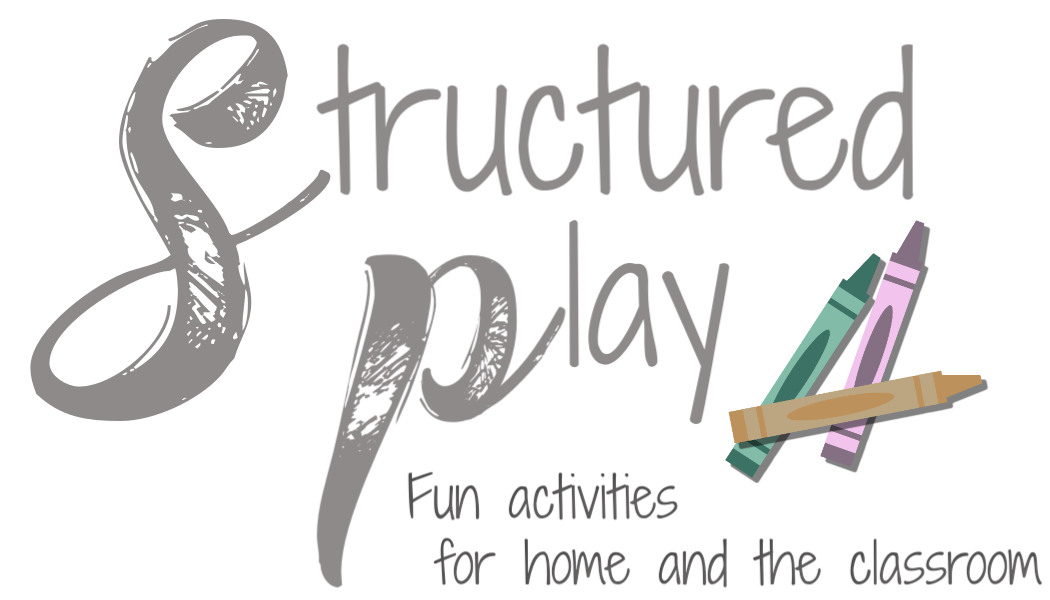We have been working on name recognition for the last couple months. Each month I continue what we have done the previous month but I like to add another name activity to keep it fresh and exciting. Jake is a kiddo that does not like to do activities because I want him to do them! He has a mind of his own when it comes to PLAYING!
This month I decided to print off a paper with Jacob written out twice. I cut the paper in half and then cut one of the names into pieces so that each letter was by itself. I then put the letters on our little table all mixed up. I told Jake to color the letters. He chose one so I asked what that letter was, to my surprise he said the correct letter! We continued on that way through coloring all the letters. He knew c, o, and j he still needs help with a and b. I told him that next we would glue the letters on to his name plate. (He loves gluing which is the reason I chose to do this activity).
This month I decided to print off a paper with Jacob written out twice. I cut the paper in half and then cut one of the names into pieces so that each letter was by itself. I then put the letters on our little table all mixed up. I told Jake to color the letters. He chose one so I asked what that letter was, to my surprise he said the correct letter! We continued on that way through coloring all the letters. He knew c, o, and j he still needs help with a and b. I told him that next we would glue the letters on to his name plate. (He loves gluing which is the reason I chose to do this activity).
He glued the letters down on top of the other letters. I only had to tell him to look carefully at the letter once. The b took him a minute to look at before he put it down correctly. We said each letter as he glued them and then practiced saying his name. I made a little rap to sing while we spelled then said his name. We said it a few times each time louder and louder. By the end he was able to spell and say his name on his own! We still need to work on a and b but he is certainly getting it!
I also have had him practice his name with the bingo dotters. He chose a color and as he dotted we said the name of the letter over and over. We did this earlier this week and I think it was what really helped him with naming a few of the letters. (c and o he has known)
Yay, name practice and yay for new accomplishments!






Comments
Post a Comment